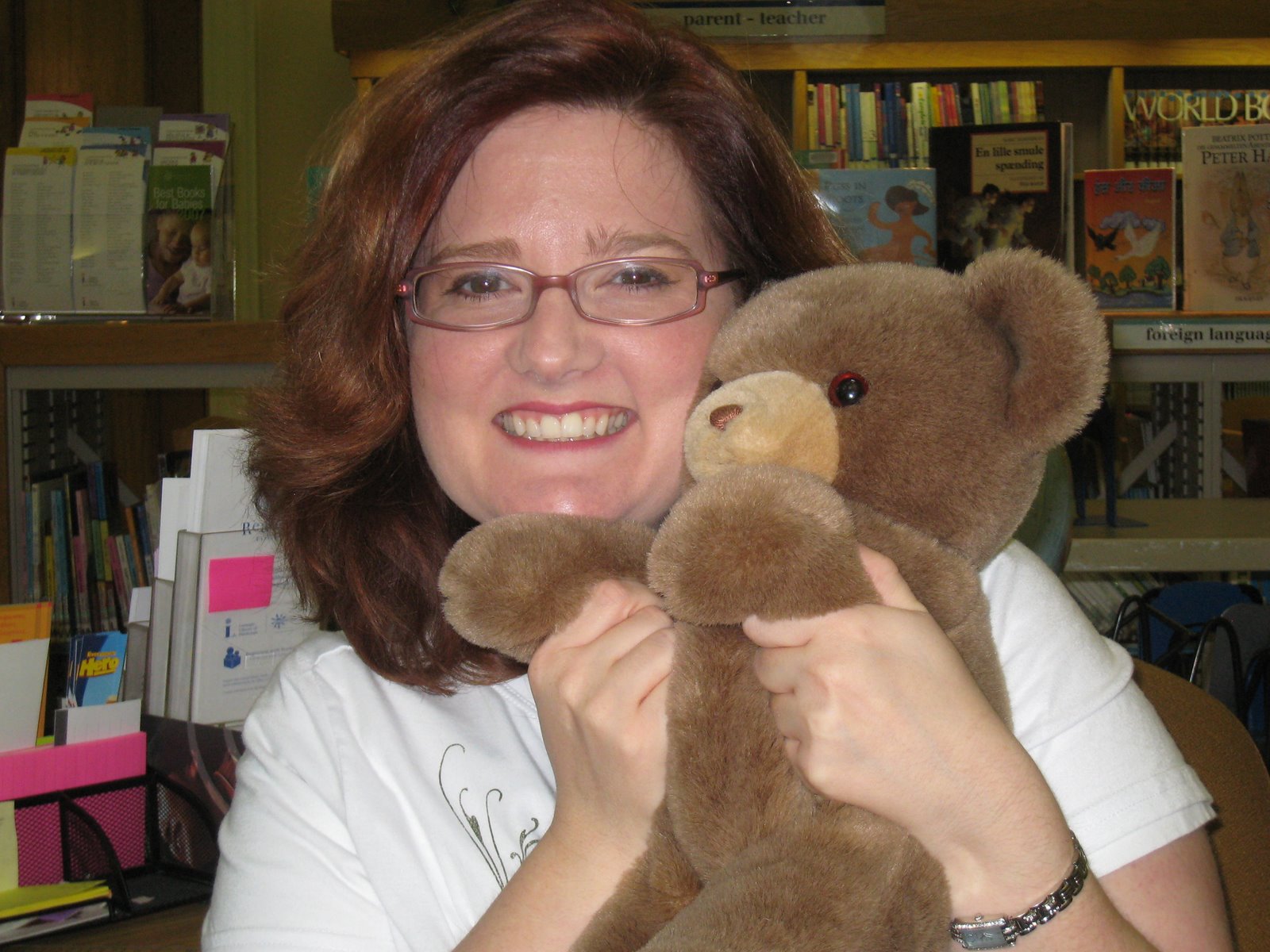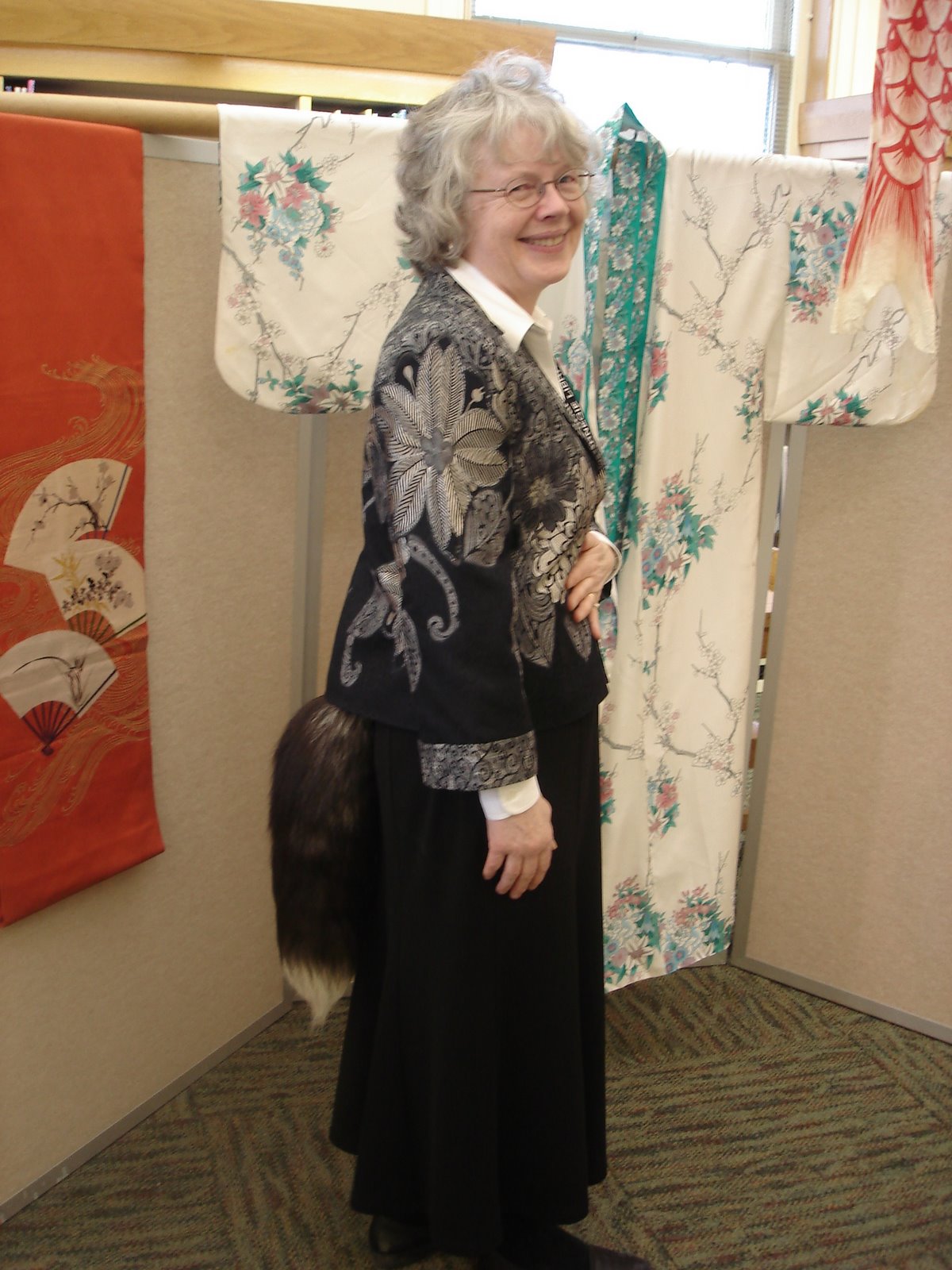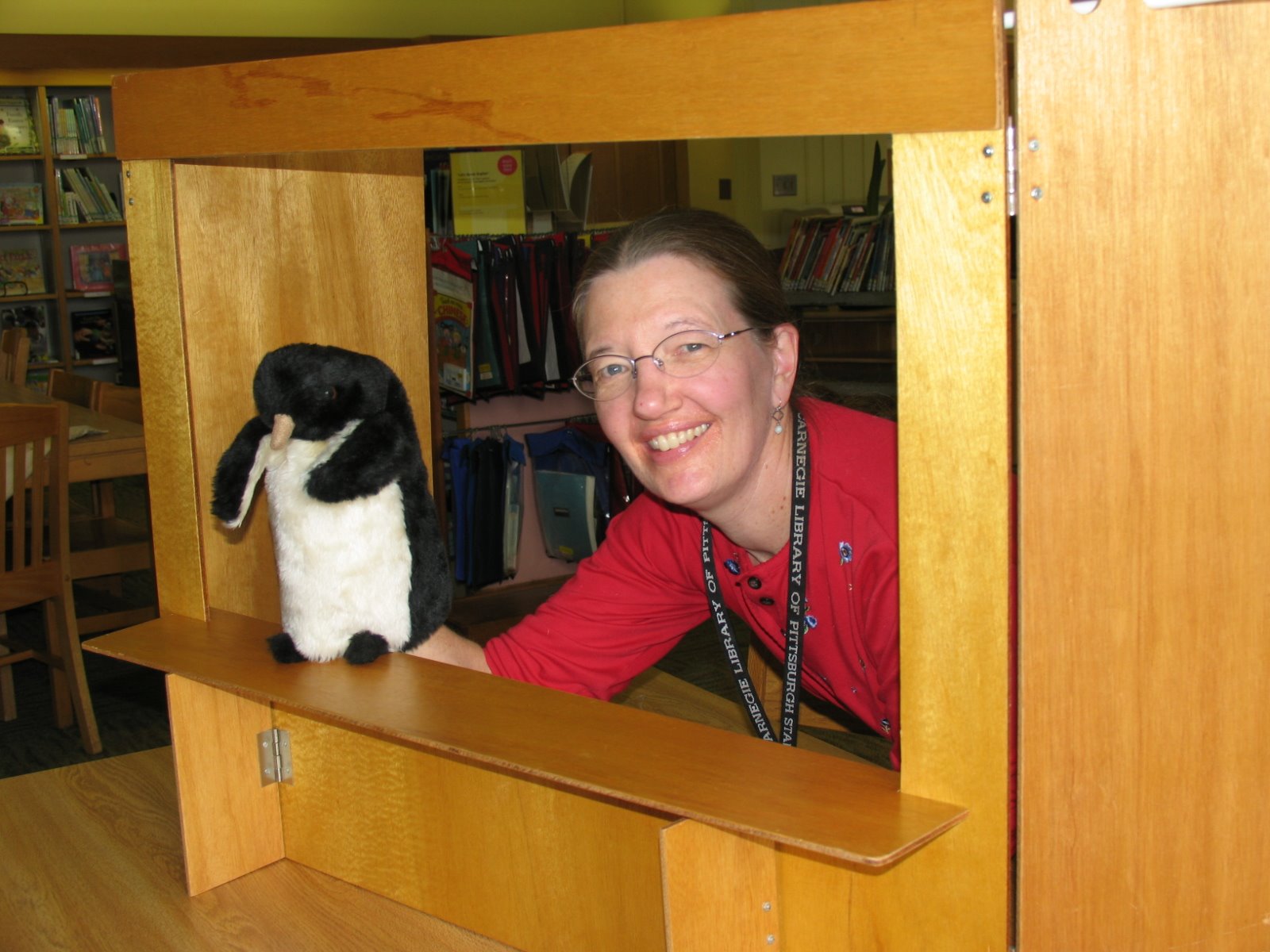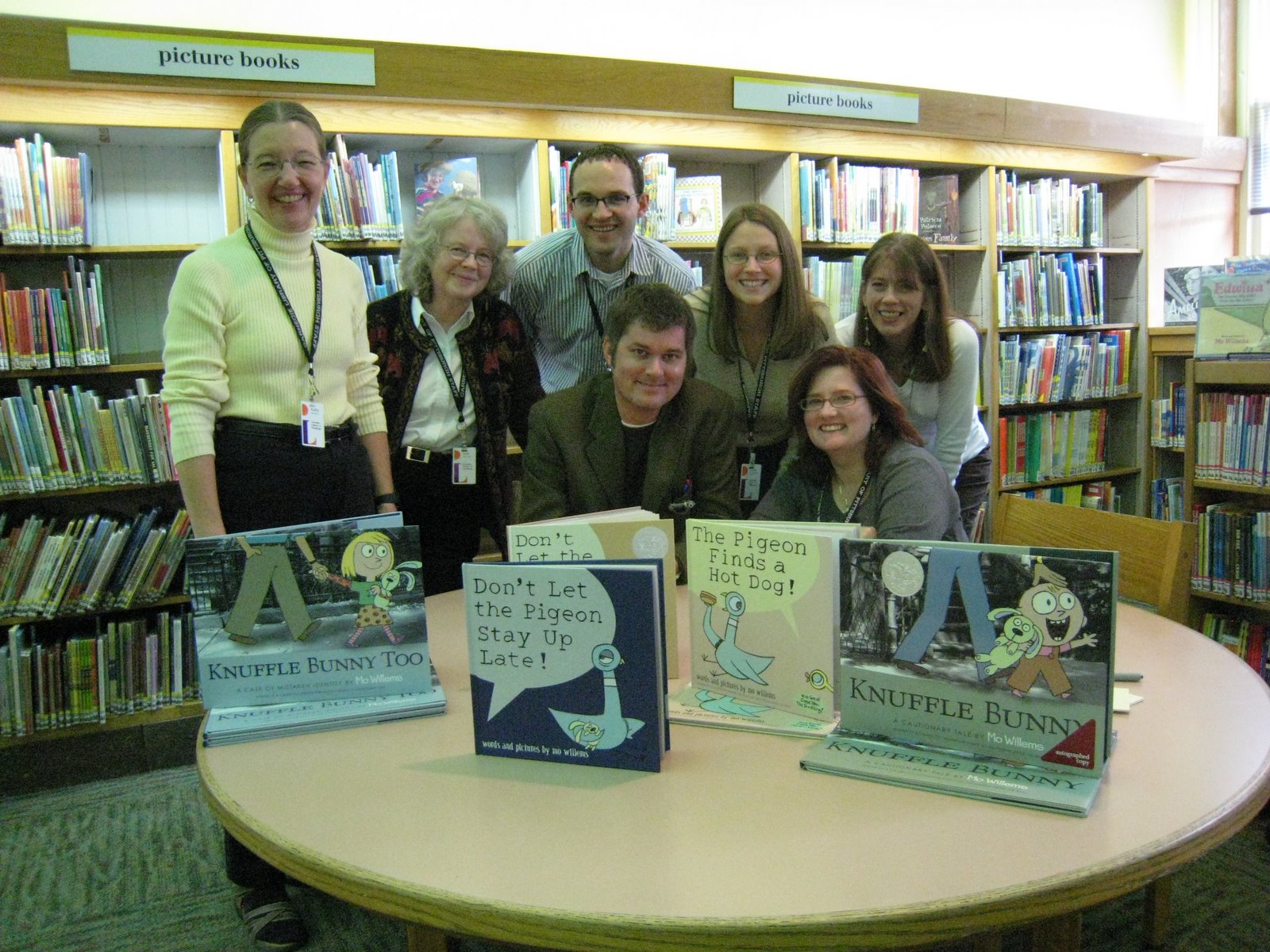
Here’s how you can make some at home.
3 cups flour
1.5 cups salt
1/4 cup vegetable oil
1 cup water
Optional stuff to color it:
Kool-Aid or other drink mix
food coloring
If you have a standing mixer with a dough hook, I recommend using it for this project. Otherwise, make sure someone is standing by with an emergency arm massage. The dough is very stiff!
Put the flour and salt into the bowl and turn the mixer on low. If you will be using Kool-Aid drink mix, add it with the dry ingredients. With the mixer running, add the vegetable oil, then the water in a stream. Let it run for about a minute. You want the dough to come together in one ball. If it looks dry - kinda clumpy or sandy and won't smooth out- add more water and a tiny splash of oil. If you overdo it on the wet stuff, add more flour a spoonful at a time until it looks right.
The salt adds structure but doesn't seem to melt. I would have thought that it would, but you can still feel the edges of the salt inside the dough. When you knead the dough with your hands, you can feel how plasticy and moldable it is. I was expecting that I would have to do lots of experimenting and overbought on the flour. I was expecting it to feel like bread dough. But it was way more like commercial play dough than I would have thought. Play-Doh probably has more stabilisers in it and all, but this is pretty awesome.
The advantage to commercial Play-Doh are the colors. They are much brighter, and they even sell "Sprinkle," "Sparkle," and "Sand" cans. You can color the play dough you make at home with unsweetened drink mix, aka "Kool-Aid" or drops of food coloring. I mixed a packet of Cherry flavored off brand drink mix (really, it was less than half the price). Well, it is barely pink. Barely. The cool thing is that now it smells like Cherry flavor.
The Grape drink mix made a terrible grey color, not like purple at all. I ended up opening up the drink mix packets and wetting the powder a tiny bit to see what color it would turn. Once I found the red ones, I dumped them all in! You can see from the picture how it turned out.
For Mystery Dough:
Make a batch of plain colored dough. Divide the dough and hide the drops of food coloring in the middle and pinch everything closed. Give it to the children in a plastic bag and let them knead it to mix the colors. For this type of coloring, drops work better than the drink mix powder.
I hope that you get to make this at home! If you have any questions, leave a comment! If you have done this before with your kids, leave a comment!












